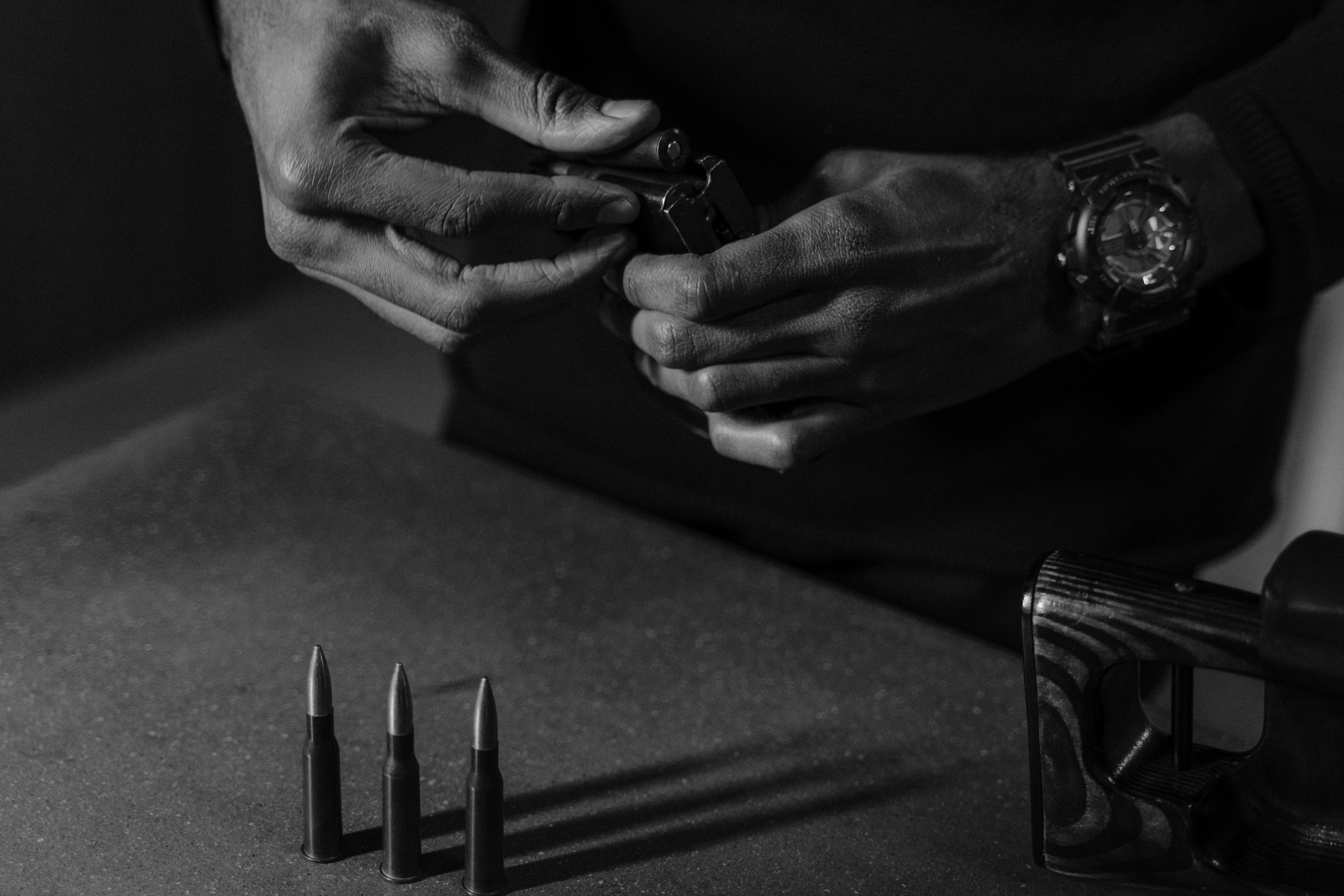If you’ve ever experienced shoulder pain and loss of full range of motion, you know that simple tasks like brushing your hair or driving a car can be excruciating. As we age, our most used joints experience wear and tear. From professional athletes and weekend warriors to craftsmen and nurses, years of overuse can lead to a host of problems, including arthritis, fractures, tears, or even dislocations.
Early treatments may include rest, physical therapy, oral pain relievers, and injections. When pain becomes unbearable and negatively affects your quality of life, shoulder replacement (replacing your ball and cap with artificial joints) may become the best option.
So, you’ve talked to your orthopedic surgeon and complete shoulder replacement is on your horizon. Here are ways to ensure that she is back and better than ever within a year of surgery.
Pre Operation
Talk to your surgeon and ask lots of questions. Shoulder replacement is a real operation. Depending on your current health status and use of pain medications, you will have either inpatient or outpatient surgery.
Don’t jump into surgery without evaluating all other less invasive options. You must be prepared to take it easy after the operation. Your loved ones, your employer, and your co-workers will all be affected by this decision.
The day after surgery
Keep your arm in a sling. After surgery, you will need to limit movement as much as possible. Keep the sling on except when you are dressing, bathing, brushing your teeth, eating, or doing other daily activities.
Do not remove the sling for activities other than daily living. This will make it difficult for you to heal.
One week after surgery
Visit your doctor for a postoperative check. Remember to keep your arm in a sling unless you are performing activities of daily living. This is also the point where you can start simple exercises with help.
Do not continue to use pain medication. Dependence on postoperative pain medication is a serious problem.
Three to six weeks after surgery
Work on your range of motion. The exercises should be done daily and start from a lying position. Move your arm up and over your head to stretch your hamstrings. Once you’ve mastered raising your arm while lying down, work on raising your hand with your palm against the wall.
Don’t try too hard. Remember that recovery is about quality over quantity. You should work on moving your shoulder naturally and without pain.
Three to six months after surgery
Resume activities that exercise the joint naturally. These include running, swimming, bicycling, or golf.
Don’t lift weights. You should strengthen the muscles without effort. Lifting weights could lead to tears and further injury during the healing process.
six months to a year
Continue to do activities that allow you to exercise your shoulder. Have fun!
Don’t overdo it.
If you follow these tips, you should be pain free and have full motion within a year of your shoulder replacement surgery.
